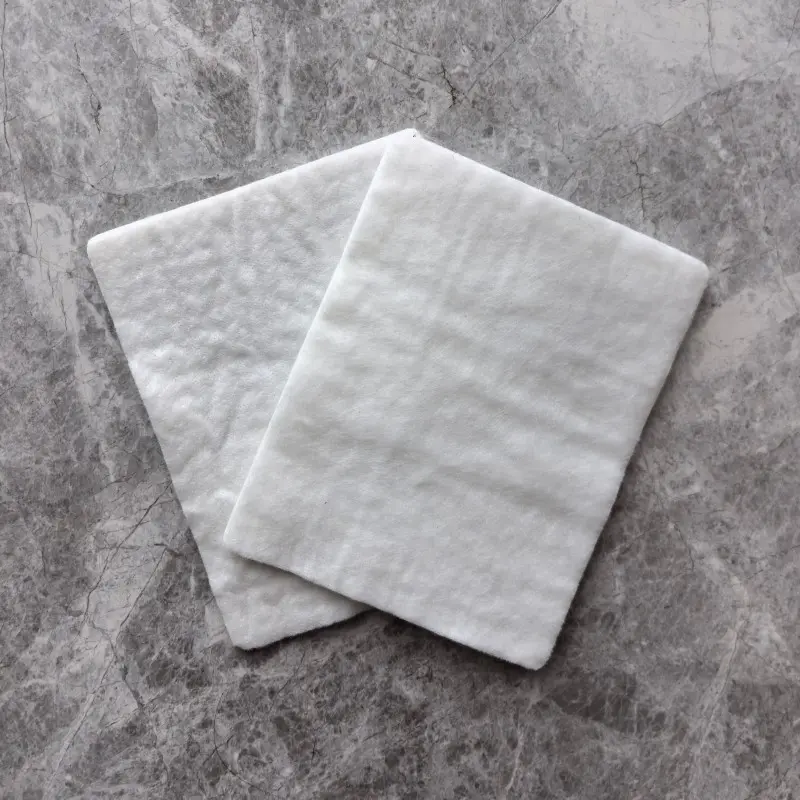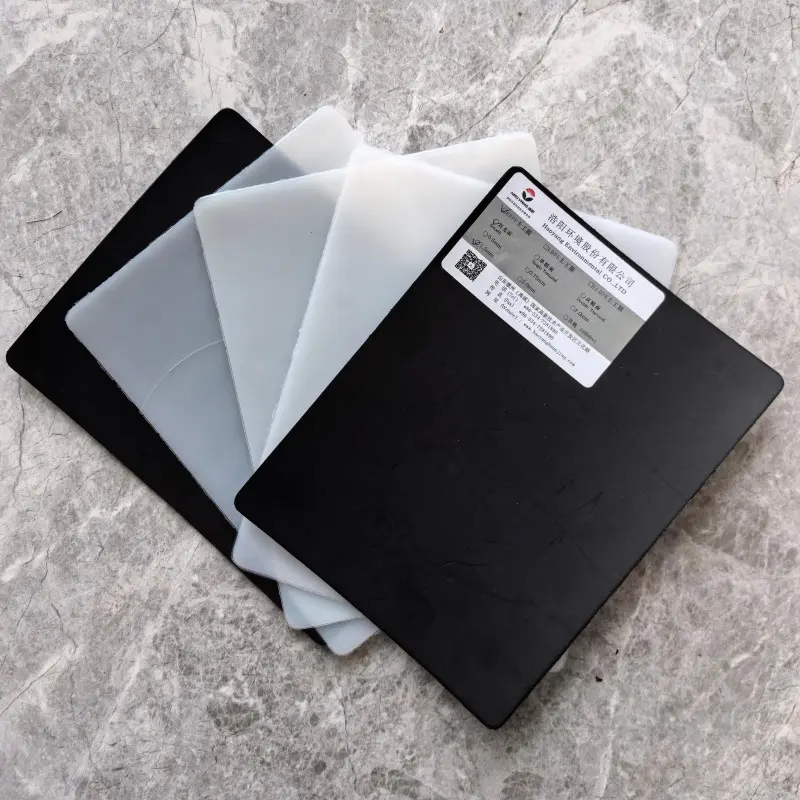They provide reinforcement, separation, filtration, and protection, enhancing the durability and functionality of infrastructure. Understanding the cost, specifications, and proper usage estimation is crucial for efficient project planning and budget management. This article will explore the factors influencing the cost of geotextile membranes, provide a detailed specifications and price table, discuss how to estimate the required amount, and outline manufacturing standards to ensure quality and compliance.
What is a Geotextile Membrane?

A geotextile membrane is a permeable fabric used in combination with soil, rock, or other geotechnical materials. It serves various purposes like separation, filtration, reinforcement, protection, and drainage. There are two main types of geotextile membranes:
Woven Geotextiles: Made from weaving polypropylene or polyester fibers, they are strong and ideal for reinforcement and stabilization purposes.
Non-Woven Geotextiles: Made from bonding fibers through heat, chemicals, or needle punching, they offer excellent filtration and drainage capabilities.
Specifications of Geotextile Membranes
442765.webp)
The specifications of geotextile membranes vary depending on the project requirements. Below is a comprehensive table that outlines the common specifications:
| Specification | Woven Geotextiles | Non-Woven Geotextiles |
|---|---|---|
| Material | Polypropylene, Polyester | Polypropylene, Polyester |
| Thickness | 0.5 - 3 mm | 1 - 10 mm |
| Weight | 100 - 400 g/m² | 80 - 1000 g/m² |
| Tensile Strength | 20 - 100 kN/m | 10 - 80 kN/m |
| Elongation at Break | 10 - 35% | 30 - 100% |
| Water Permeability | Moderate | High |
| UV Resistance | Moderate | High |
| Temperature Range | -30°C to 100°C | -30°C to 100°C |
| Roll Width | 1 - 6 m | 1 - 6 m |
| Roll Length | 50 - 100 m | 50 - 100 m |
These specifications can vary slightly based on the manufacturer and specific project requirements.
Geotextile Membrane Price Table
The cost of geotextile membranes depends on the material, thickness, weight, and quantity required. Below is a price table that provides a general idea of the cost:
| Type | Specification | Price (USD/m²) |
|---|---|---|
| Woven Geotextile | 100 g/m², 2 mm thick | $0.50 - $1.00 |
| Woven Geotextile | 200 g/m², 3 mm thick | $1.20 - $2.00 |
| Non-Woven Geotextile | 80 g/m², 1 mm thick | $0.40 - $0.90 |
| Non-Woven Geotextile | 300 g/m², 5 mm thick | $1.50 - $3.00 |
| Non-Woven Geotextile | 500 g/m², 8 mm thick | $3.00 - $5.00 |
Prices may vary depending on the market, location, and manufacturer. It's advisable to contact suppliers directly for the most accurate and up-to-date pricing.
Factors Influencing the Cost of Geotextile Membranes
Material: Polypropylene is generally more affordable than polyester. The choice of material affects durability and functionality, impacting the overall cost.
Weight and Thickness: Heavier and thicker geotextiles cost more due to the increased amount of raw material used.
Quantity: Bulk orders usually benefit from discounts, reducing the overall cost per square meter.
Manufacturing Process: Advanced manufacturing techniques like needle-punched non-woven fabrics are more expensive due to higher production costs.
Geographical Location: Costs can vary significantly based on the location of the project and the proximity of suppliers.
How to Estimate Geotextile Membrane Usage
Estimating the required amount of geotextile membrane is crucial for project planning and budget management. Here’s a step-by-step guide:
Calculate the Area: Determine the total area to be covered by multiplying the length and width of the project site.
Example:
Length = 100 meters
Width = 50 meters
Total Area = Length × Width = 100 × 50 = 5000 m²
Determine the Overlap: Geotextile membranes should be installed with a minimum overlap of 0.3 to 0.5 meters to ensure stability. Factor in this overlap when calculating the total area.
Overlap = 0.5 meters
Number of overlaps = Total length / Roll width
Total overlap area = Number of overlaps × Overlap × Length
Calculate Total Material Needed: Add the overlap area to the total area.
Total Material Needed = Total Area + Overlap Area
Add a Safety Margin: It's recommended to add a 5-10% safety margin to account for any wastage or errors.
Total Material Needed with Safety Margin = Total Material Needed × 1.1
Choose Roll Size: Geotextile membranes are available in various roll sizes. Select the appropriate roll size based on the total material needed and site accessibility.
Manufacturing Standards for Geotextile Membranes
425149.webp)
Adhering to manufacturing standards is essential to ensure the quality and performance of geotextile membranes. Some of the key standards include:
ASTM (American Society for Testing and Materials): Ensures the material meets specific mechanical and physical property requirements.
ISO (International Organization for Standardization): Specifies general performance and durability criteria for geotextile products.
EN (European Standards): Applicable in the European Union, focusing on environmental safety and material performance.
Geosynthetic Research Institute (GRI): Provides guidelines for the design and use of geosynthetic materials.
Manufacturers should conduct regular quality control tests to ensure compliance with these standards, covering aspects like tensile strength, elongation, puncture resistance, and UV resistance.
Conclusion
Understanding the cost, specifications, and proper usage estimation of geotextile membranes is crucial for successful project execution. Prices can vary significantly based on material, thickness, weight, and manufacturing process. Proper estimation, considering overlap and safety margins, ensures efficient use of resources. Adherence to international manufacturing standards guarantees the durability and performance of geotextile membranes in various applications. For accurate pricing and material selection, always consult with reputable suppliers and manufacturers.
By following these guidelines, you can make informed decisions for your construction projects, optimizing costs and achieving the desired results with geotextile membranes.

897.webp)
942.webp)
237.webp)